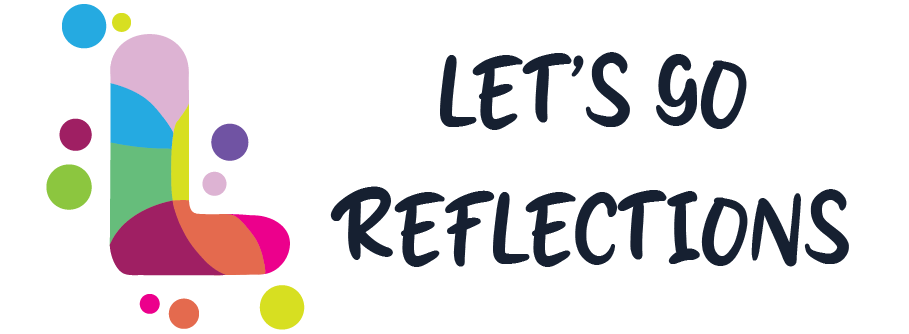Quick links
The Importance of Effective Note-Taking
Cornell Method: Structured Note-Taking for Clarity and Review
Mind Mapping: Unleashing Creativity and Visual Learning
Outline Method: Organizing Ideas and Hierarchies
Flow-Based Method: Capturing Ideas and Insights
Charting Method: Visualizing Data and Comparisons
Closing

The Importance of Effective Note-Taking
Understanding the importance of effective note-taking is essential for maximizing learning and retaining information. Explore how effective note-taking enhances comprehension, helps organize thoughts, and serves as a valuable study tool. Discover how implementing the right note-taking methods can improve your academic performance and professional success.
Cornell Method: Structured Note-Taking for Clarity and Review
The Cornell Method is a widely used and effective note-taking technique. Learn how this method organizes notes into concise summaries, key points, and questions. Discover how the Cornell Method encourages active listening, critical thinking, and easy review. Explore the benefits of using this structured approach to capture, process, and retain information effectively.
Mind Mapping: Unleashing Creativity and Visual Learning
Mind mapping is a dynamic and visual note-taking technique that stimulates creativity and enhances memory retention. Discover how to create visual diagrams that capture key concepts, connections, and relationships. Explore how mind mapping encourages a holistic view of information, improves understanding, and promotes creative thinking. Unlock the power of mind mapping to enhance your note-taking experience.
Outline Method: Organizing Ideas and Hierarchies
The outline method is a systematic approach to note-taking that emphasizes hierarchy and organization. Learn how to create a structured outline that categorizes information into main ideas, subtopics, and supporting details. Explore how the outline method simplifies complex concepts, facilitates information recall, and aids in the synthesis of information. Master this method to streamline your note-taking process.
Flow-Based Method: Capturing Ideas and Insights
The flow-based method focuses on capturing ideas and insights in a free-flowing manner. Discover how this method encourages creativity, spontaneity, and personalization in note-taking. Explore how to capture thoughts, observations, and connections as they arise during lectures, meetings, or brainstorming sessions. Embrace the flow-based method to capture the essence of ideas and unleash your creativity.
Charting Method: Visualizing Data and Comparisons
The charting method is a practical approach to note-taking when dealing with data, statistics, or comparisons. Learn how to create tables, graphs, or charts that organize information for easy reference and analysis. Explore how the charting method simplifies complex data, highlights trends, and facilitates data-driven decision-making. Master this method to effectively capture and visualize numerical information.
Closing
By exploring these different note-taking methods and understanding their benefits and applications, you can choose the approach that best suits your learning style and enhances your note-taking experience. Each method offers unique advantages and can be adapted to various contexts, helping you optimize your note-taking process and improve your overall learning outcomes.


